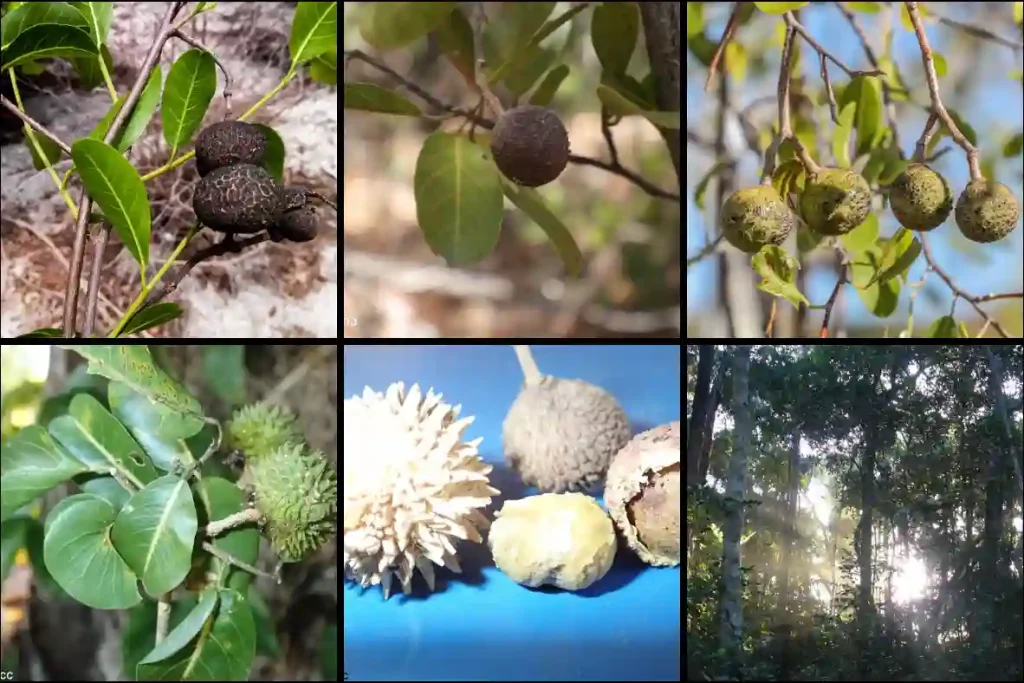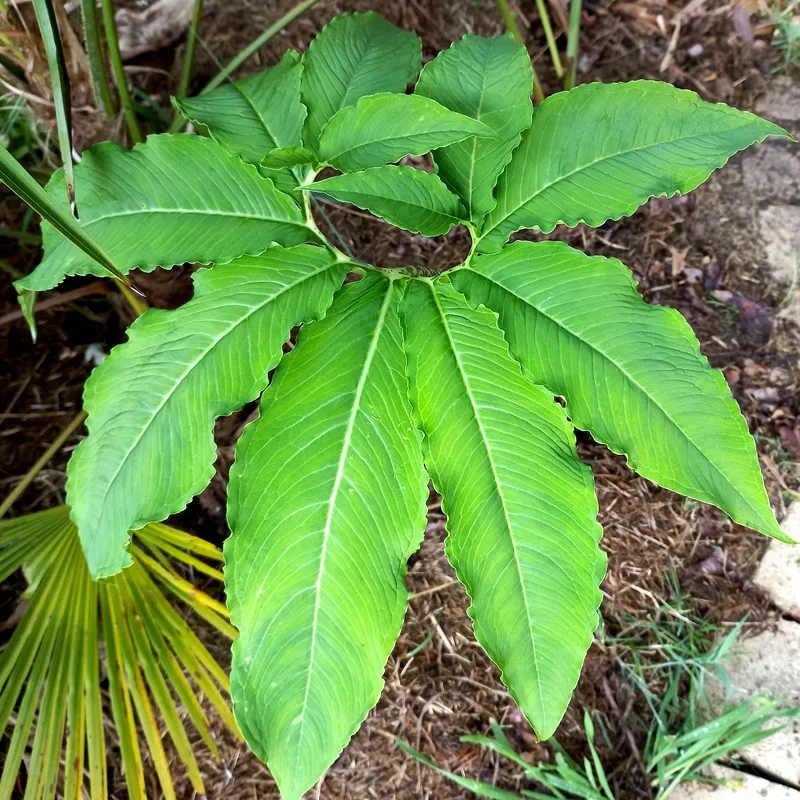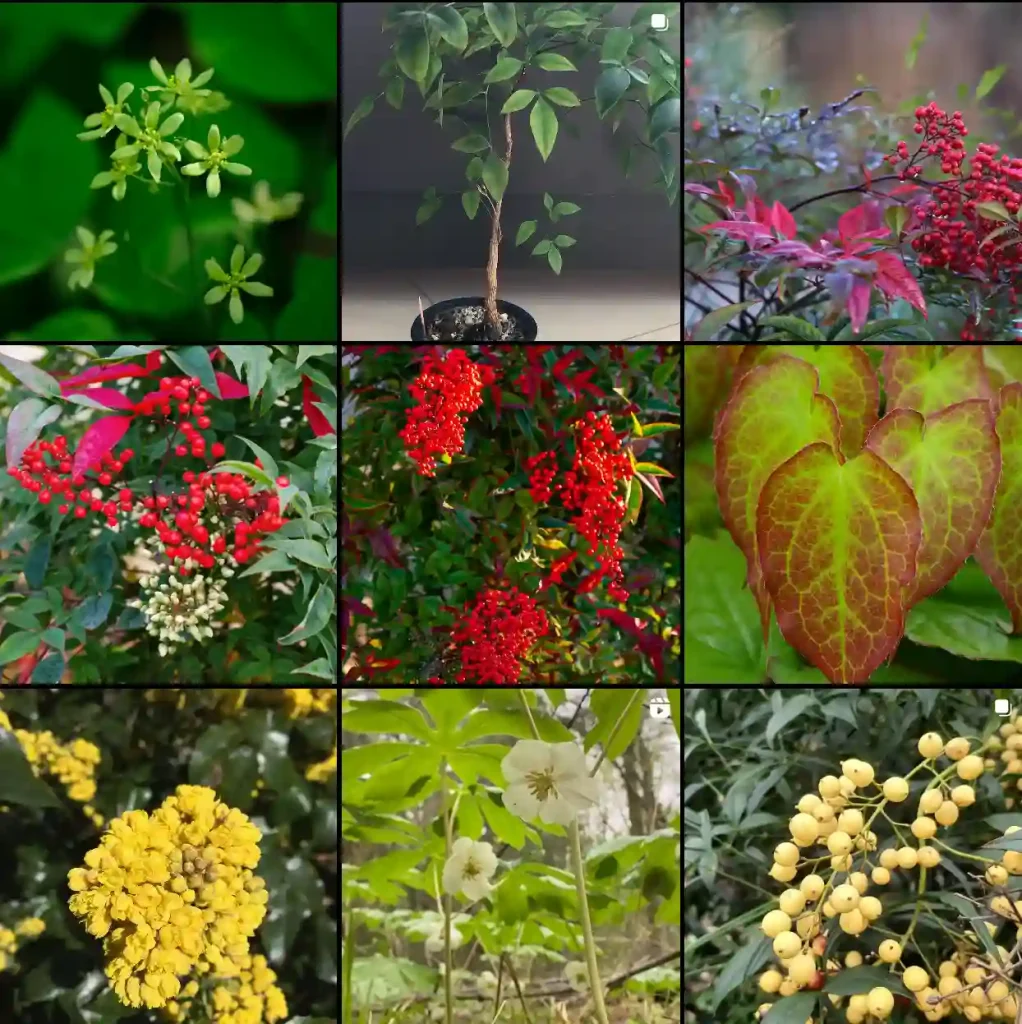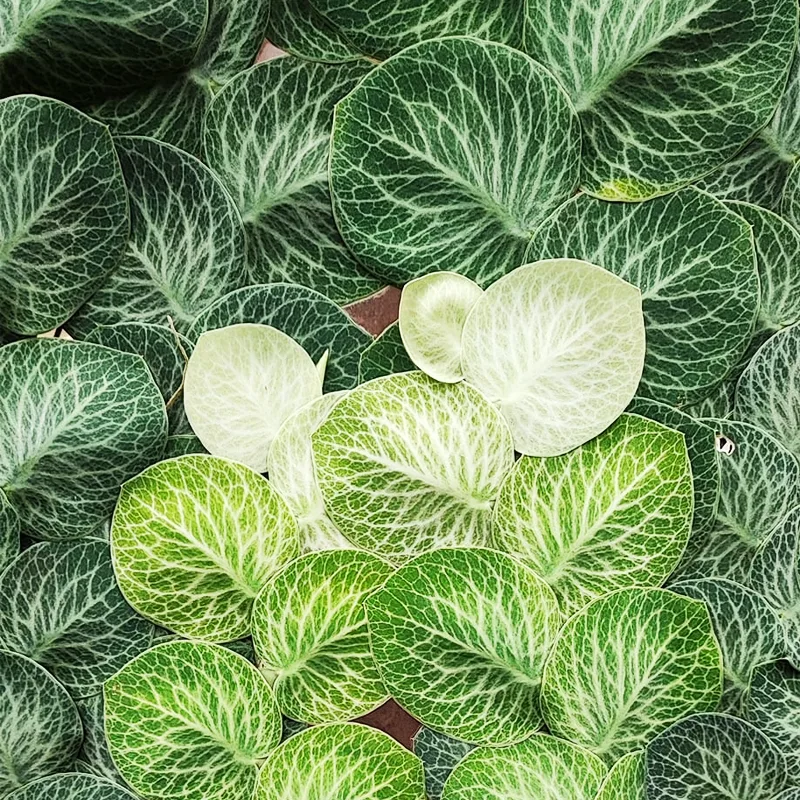What Is Quercus Ellipsoidalis?
Quercus Ellipsoidalis, commonly known as Northern Pin Oak, is native to North America. This medium-sized tree can grow up to 60 feet tall and prefers dry, sandy soils. It’s often found in the Great Lakes region and upper Midwest, thriving in areas that receive full sunlight. The acorns it produces are oval-shaped, which is how it got its name. This oak is known for its deeply lobed leaves and the stunning fall colors they produce, making it a popular choice for landscapes.
657 Species in Genus Quercus
Is Quercus Ellipsoidalis a Deciduous Tree?
Yes, Quercus Ellipsoidalis is a deciduous tree. This means it sheds its leaves each fall, revealing its beautiful skeletal structure throughout the winter months. One of the reasons I love deciduous trees like the Northern Pin Oak is the seasonal transformation they undergo, offering a stunning display of autumn colors ranging from rich reds to vibrant oranges. The loss of leaves in winter helps the tree conserve water and energy during the colder months when growth slows.
How to Care for Quercus Ellipsoidalis?
Caring for Quercus Ellipsoidalis is straightforward, as it is a hardy species. It prefers well-drained soil but can tolerate various soil types, including sandy or loamy soils. Watering is essential during the tree’s early years to help establish a deep root system. However, once matured, it becomes drought-tolerant and requires minimal watering. Pruning should be done in late winter to remove any dead or diseased branches and shape the tree.
I’ve found that keeping an eye on pests and diseases, such as oak wilt and leaf spots, is essential. While Quercus Ellipsoidalis is generally resistant, early detection and care can prevent damage. Regular mulching around the base helps retain moisture and keep weeds at bay, while also protecting the roots.
Quercus Ellipsoidalis vs Quercus Palustris: What’s the Difference?
A common question I get is the difference between Quercus Ellipsoidalis and Quercus Palustris, as both are oaks with similar appearances. While they share some traits, there are distinct differences.
Quercus Ellipsoidalis (Northern Pin Oak):
- Grows in dry, sandy soils.
- Has more pronounced fall colors.
- Acorns are oval-shaped, fitting the tree’s name.
- Leaves have deeper, more sharply pointed lobes.
Quercus Palustris (Pin Oak):
- Prefers wet, poorly drained soils, thriving in floodplains.
- Has a pyramidal shape, making it distinctive.
- Its leaves are more shallowly lobed compared to Quercus Ellipsoidalis.
- Acorns are smaller and rounded.
I’ve noticed that Quercus Palustris is more commonly found in urban landscapes due to its tolerance of poor drainage, while Quercus Ellipsoidalis is often seen in natural areas with drier soil.
How to Propagate Quercus Ellipsoidalis?
Propagating Quercus Ellipsoidalis is done primarily through its acorns. In fall, when the acorns mature, they can be collected, but they need to be stratified (chilled) before they will germinate. This mimics the natural winter dormancy process. I usually plant the acorns in a pot of well-draining soil and let them overwinter in a cold, protected place.
It’s essential to ensure the acorns don’t dry out, so keeping the soil slightly moist during the cold period helps. Once spring arrives, the acorns should start sprouting, and you can plant the seedlings in a sunny spot.
Can You Grow Quercus Ellipsoidalis Indoors?
Growing Quercus Ellipsoidalis indoors is not practical, as it is a large, slow-growing tree that requires a lot of sunlight and space to thrive. However, if you’re interested in starting acorns indoors, that can work in the early stages of propagation. Once the seedlings begin to develop, they will need to be transplanted outdoors where they can grow to their full potential.
Is Quercus Ellipsoidalis Toxic?
Fortunately, Quercus Ellipsoidalis is not considered toxic to humans. However, like other oaks, it can be mildly toxic to livestock if large amounts of acorns are consumed. The tannins present in acorns can cause digestive issues in animals, so it’s a good idea to manage fallen acorns if you have grazing animals nearby.
What to Plant With Quercus Ellipsoidalis?
When planning a landscape around Quercus Ellipsoidalis, it’s essential to choose companion plants that thrive in similar conditions. I like pairing this oak with drought-tolerant understory plants such as grasses, ferns, or native shrubs like Viburnum. Wildflowers like Black-eyed Susan and Coneflowers also make excellent companions, providing a beautiful, natural look.
Benefits of Quercus Ellipsoidalis
One of the main reasons I appreciate Quercus Ellipsoidalis is its ecological importance. The acorns it produces provide a valuable food source for wildlife, including birds, squirrels, and deer. The tree also offers excellent shade, which can reduce cooling costs for homes when planted strategically. Its deep root system helps prevent soil erosion, making it a great choice for stabilizing slopes or sandy areas.
Common Problems of Quercus Ellipsoidalis
While generally hardy, Quercus Ellipsoidalis can face a few challenges. Oak wilt is a significant threat and can spread quickly, leading to the death of trees. I always recommend pruning during late winter to reduce the risk of infection. Pests like the oak leafminer and gypsy moth can also affect the health of the tree, but early intervention with organic treatments can keep infestations under control.
In conclusion, Quercus Ellipsoidalis is a beautiful, resilient oak that offers numerous benefits for the landscape. Whether you’re comparing it to Quercus Palustris or considering it for your yard, its adaptability and stunning fall colors make it a standout choice.
If i die, water my plants!



